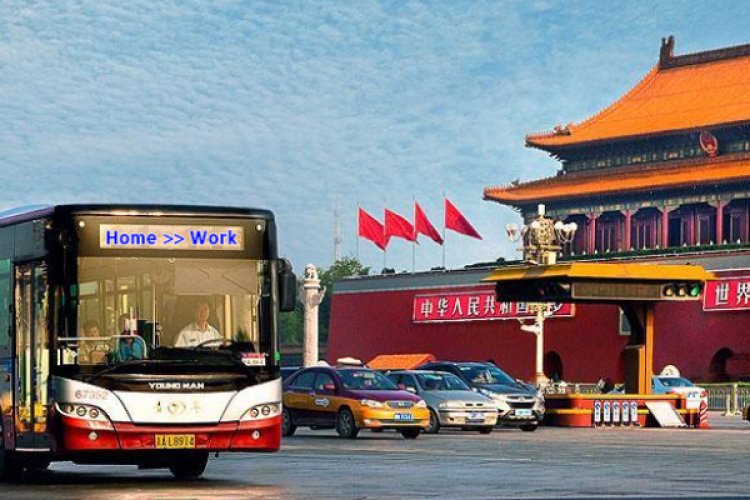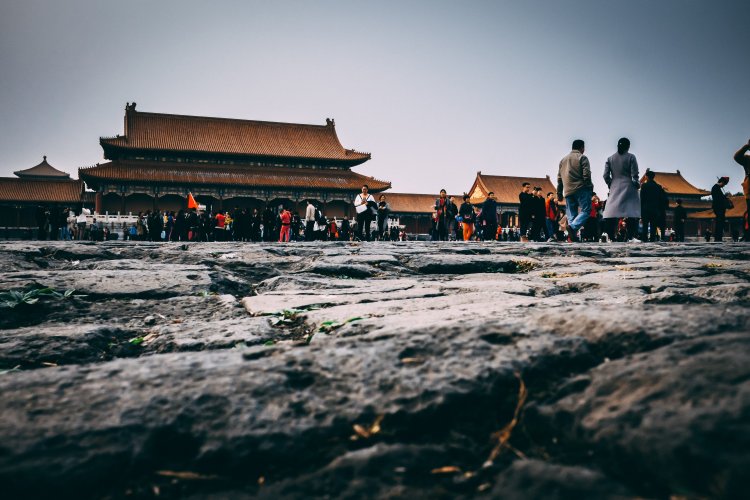Water, Water, Nowhere: Beijing Water Shortage Worse Than Estimated
Not a drop to drink it seems. Beijing's water bureau estimates that the city is 1.1 billion cubic meters short of its annual needs, with about 3.6 billion consumed in 2012. That shortfall came despite record rain in Beijing, including a July downpour that ultimately claimed 77 lives.
Beijing used a record-high amount of water on August 26 this year, when it consumed 2.98 million cubic meters.
As we wrote in our July issue, about 90 percent of the city's water use goes not to personal consumption, but to industry and farming. While taking shorter showers and making sure the bathroom tap doesn't drip are important steps, their impact on preserving Beijing's water resources will be minimal. Indeed, officials estimate per capita water consumption in Beijing at 100 cubic meters, a low number by Western standards.
The city is addressing the problem by diverting water from reservoirs in Hebei. The South to North Water Transfer Project may also start to alleviate some of the supply problems, with water being transferred north to Beijing from Henan and Hubei provinces. Otherwise, begin thinking of Houhai as a drinking fountain.
Image: Synotrip.com
Related stories :
Comments
New comments are displayed first.Comments
![]() Jerry
Submitted by Guest on Thu, 10/24/2013 - 15:56 Permalink
Jerry
Submitted by Guest on Thu, 10/24/2013 - 15:56 Permalink
Re: Water, Water, Nowhere: Beijing Water Shortage Worse Than...
On a related note:
Parched Peking: Beijing's Water Consumption is 70 Percent Over Capacity
And perhaps even more depressingly:
Pollution Plagues China's mega water diversion project
A crucial water source for China's massive water diversion project, the Danjiangkou Reservoir, is facing problems with pollution, says a local government official. The South-North Water Diversion Project aims to transfer 1,582 billion cubic feet of water annually from the country's water-rich south to drought-prone northern China. The project, expected to cost $81 billion, is considered the biggest engineering endeavor in Chinese history, and involves a mix of canals, tunnels and aqueducts spanning thousands of miles across the country. Sans pumps, it will rely entirely on gravity to run water from the south's higher elevations, to the north. The Danjiangkou Reservoir marks the beginning of the project's middle route and is expected to start supplying water to the north by 2014. A water pollution plan issued by the State Council, or China's cabinet requires that the water quality for all five rivers that flow into the Danjiangkou meet a "grade III" standard by 2015. But four of those rivers are now rated "grade V," deemed for "agricultural use only" and the fifth river is considered "grade IV," for "industrial use only," reports China's state-run news agency Xinhua. "The target is very unlikely to be met as many pollution control projects lag behind schedule due to a fund shortage," said Cheng Jiagang, vice mayor of Shiyan in Hubei province.
Validate your mobile phone number to post comments.






